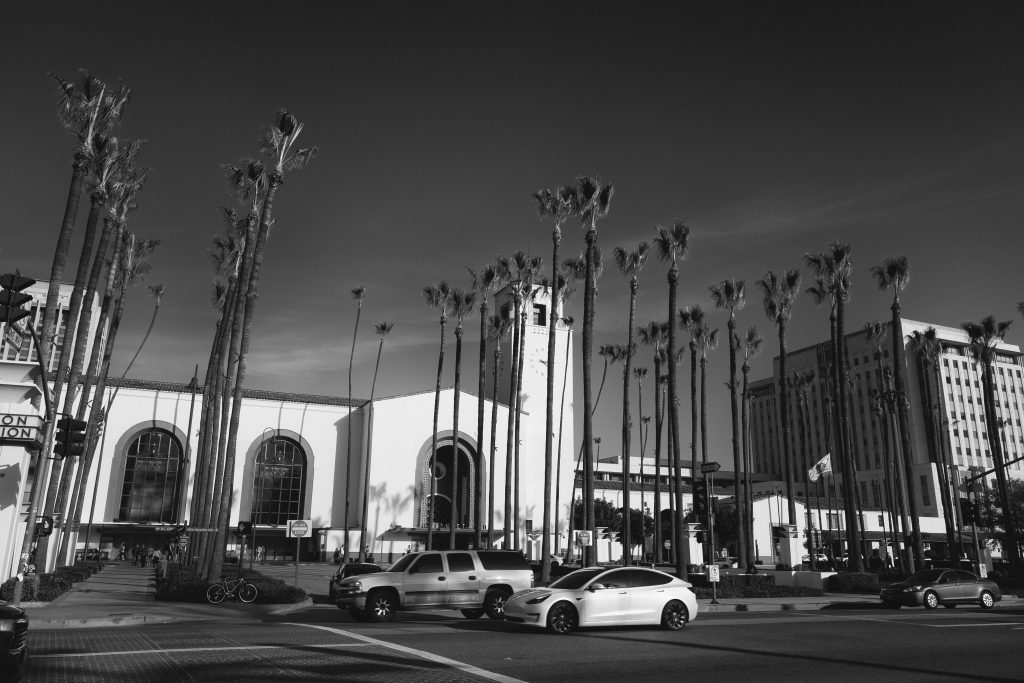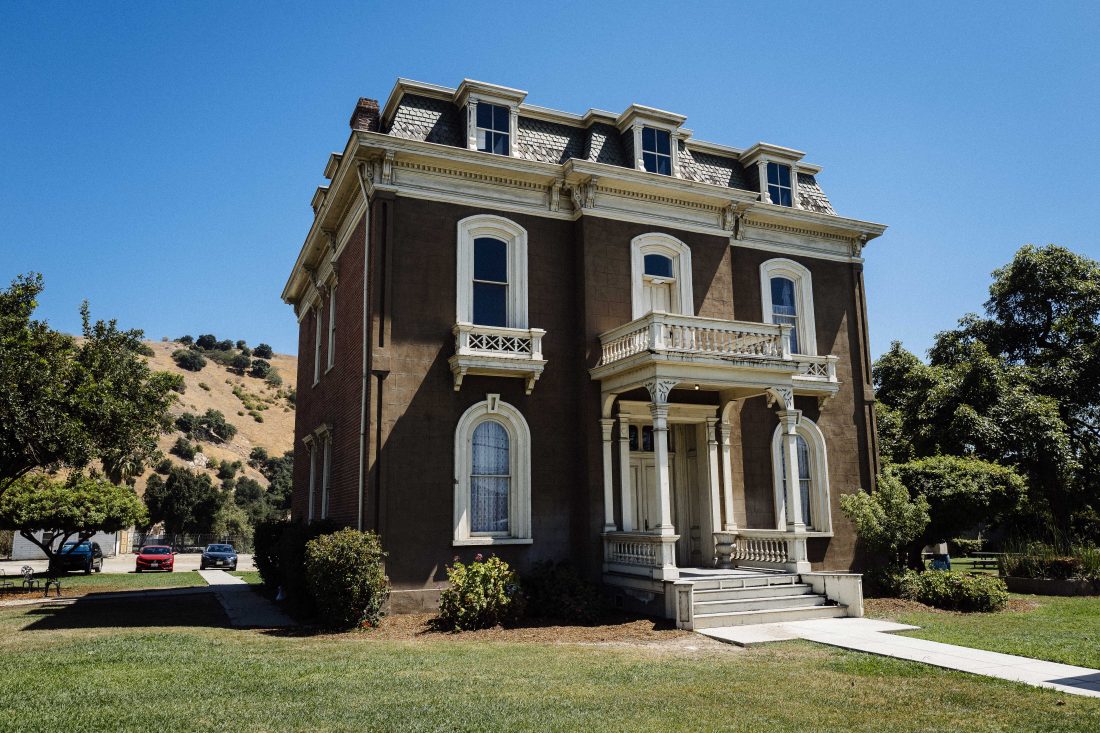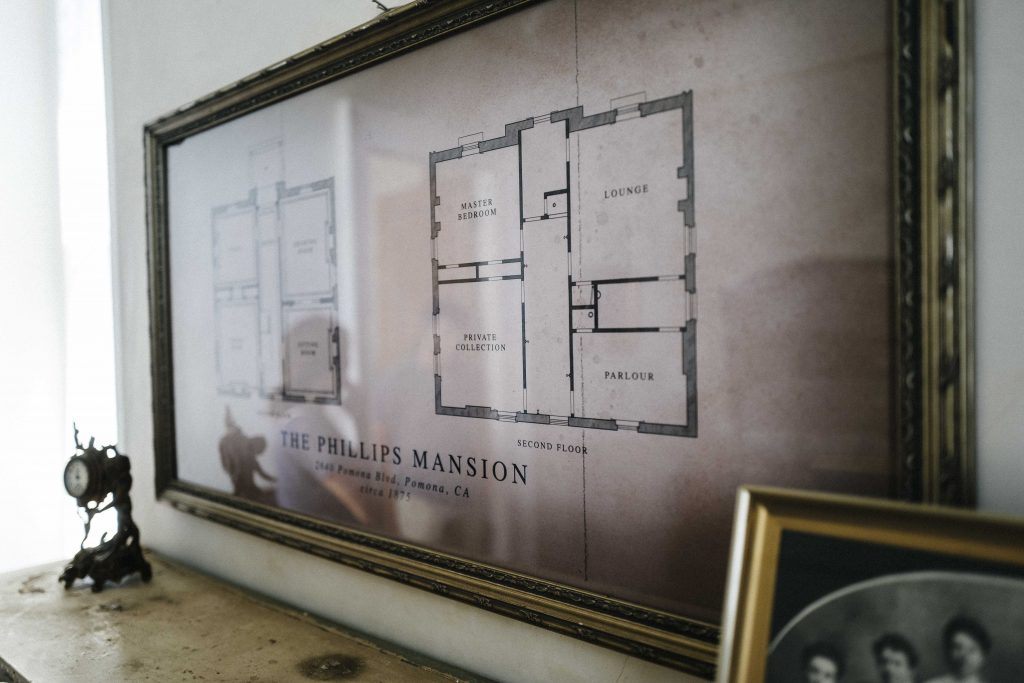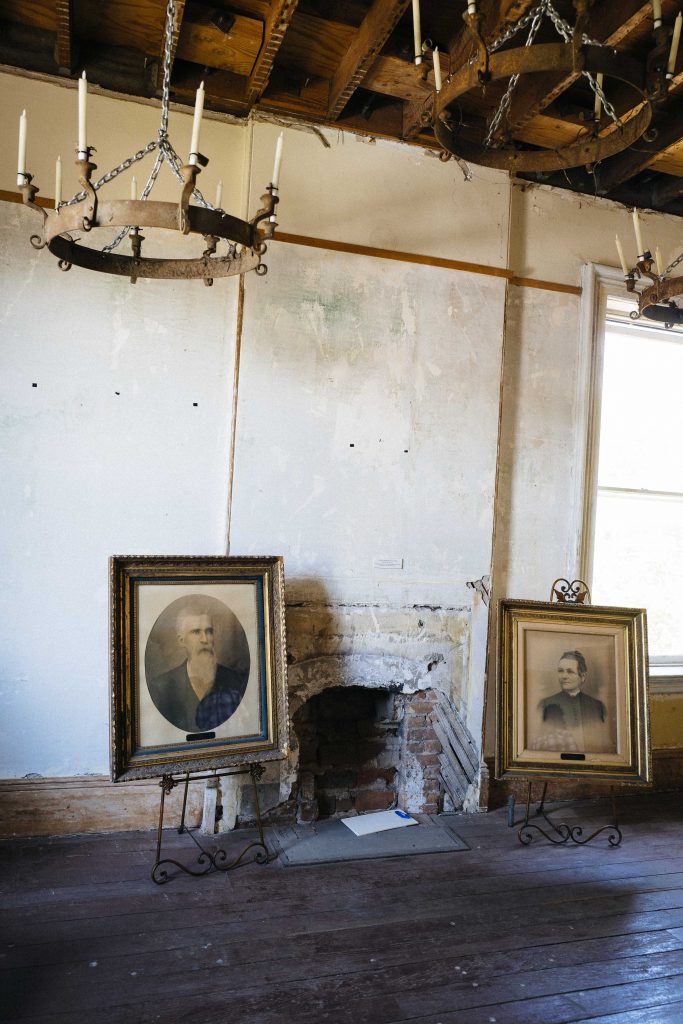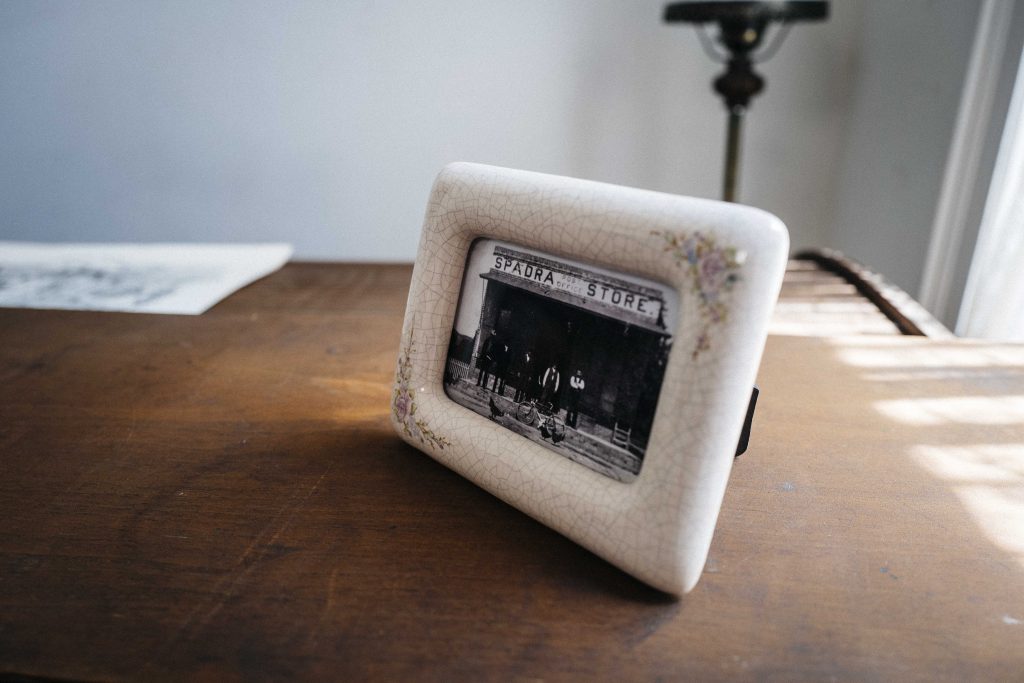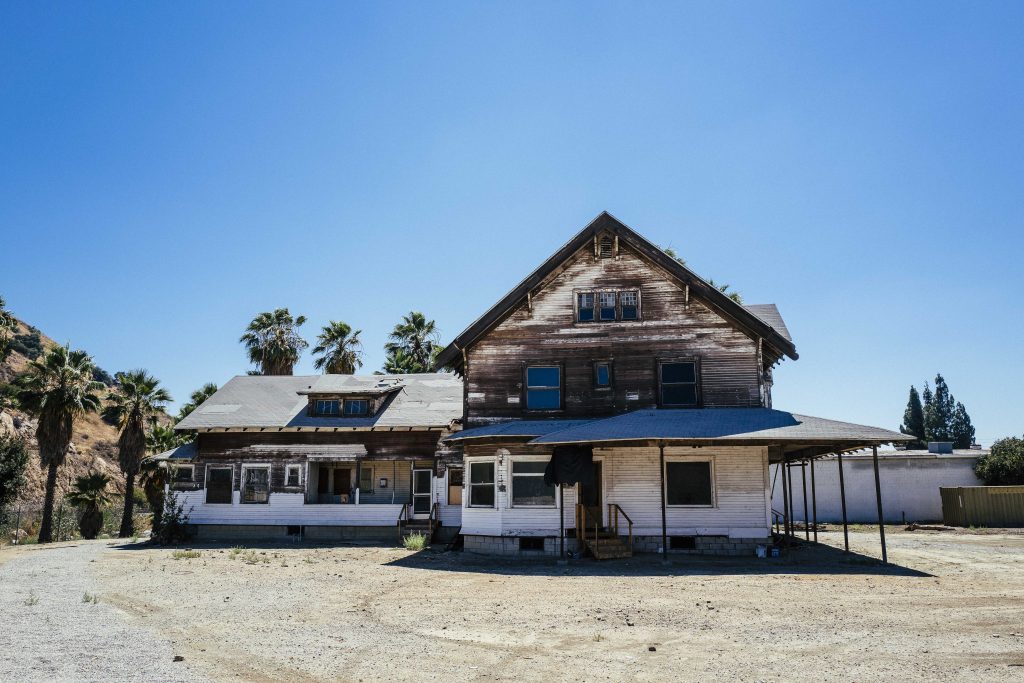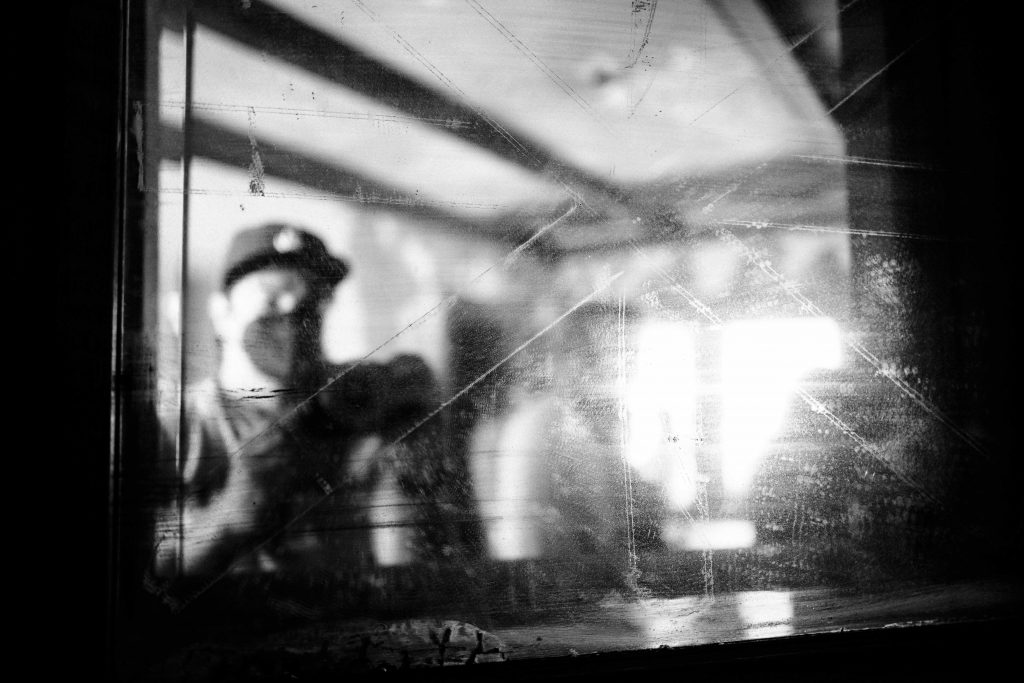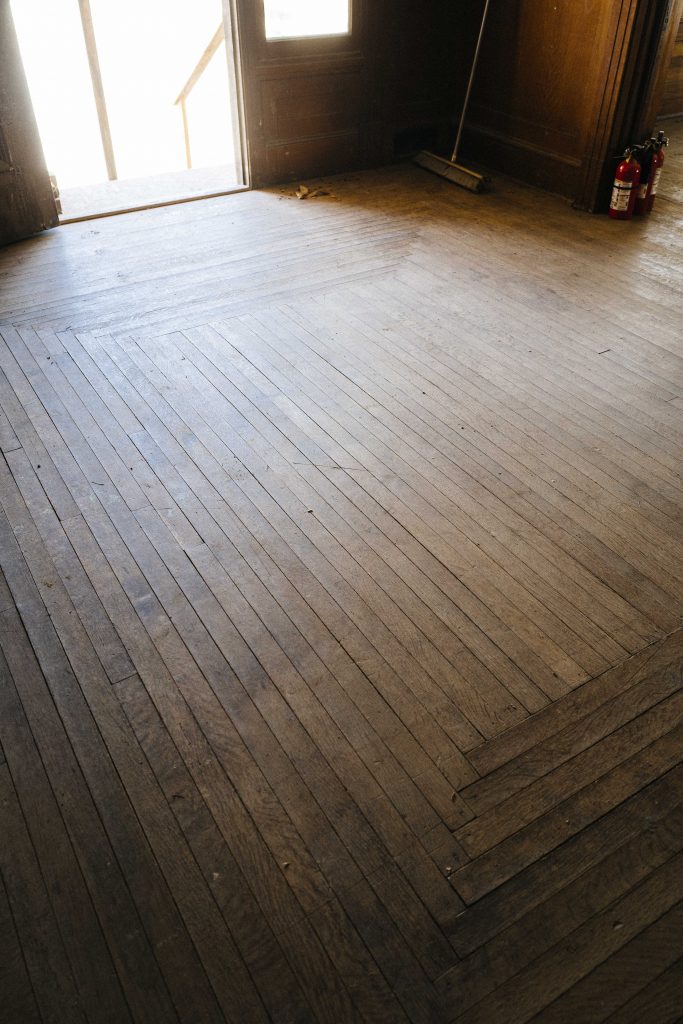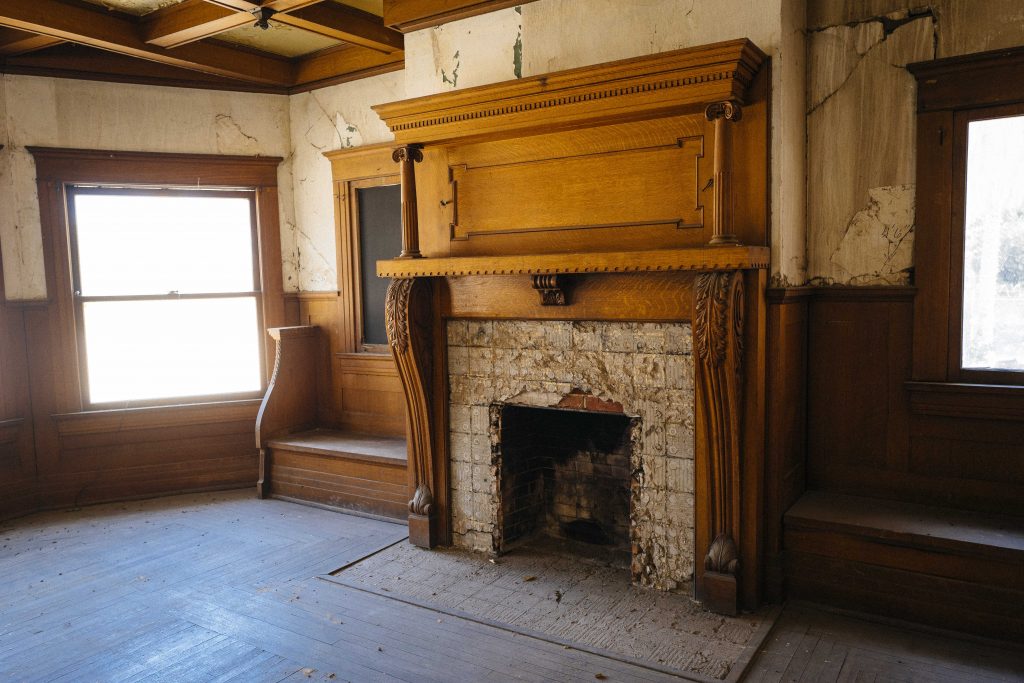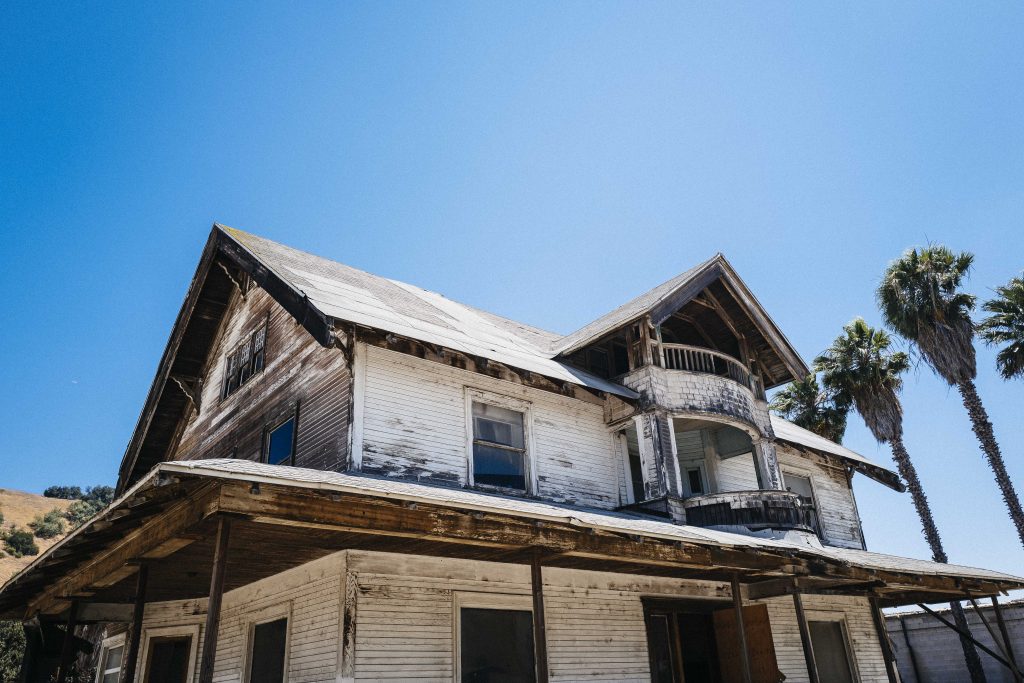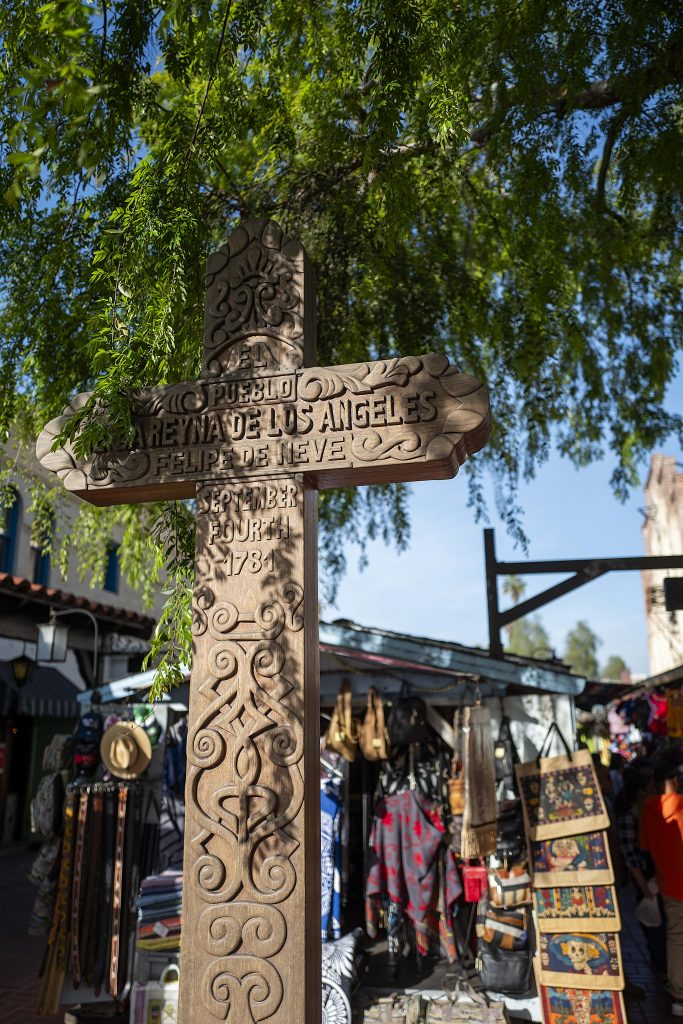
An impromptu day trip to Olvera Street in DTLA for people watching and street photography.
Took the train into Union Station, which is classic Los Angeles in Mission Moderne style—a blend of Spanish Colonial, Mission Revival, and Art Deco architecture.
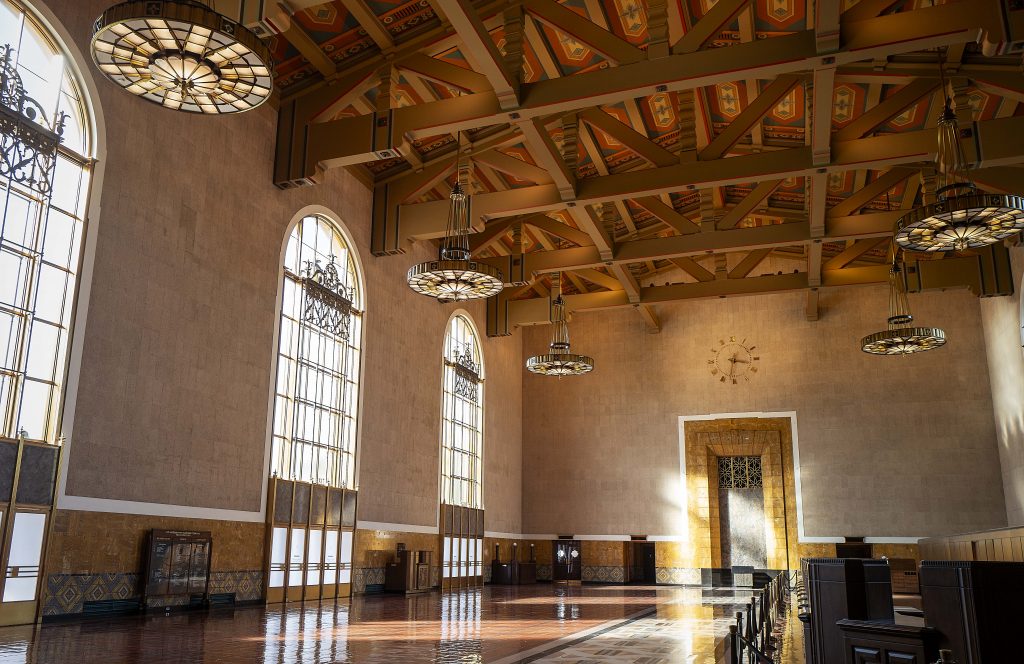
I grew up thinking Olvera Street was the preserved remnants of a small Mexican village, but learned recently it was actually saved from demolition and built as a tribute to Mexican culture that had existed here before urbanization.
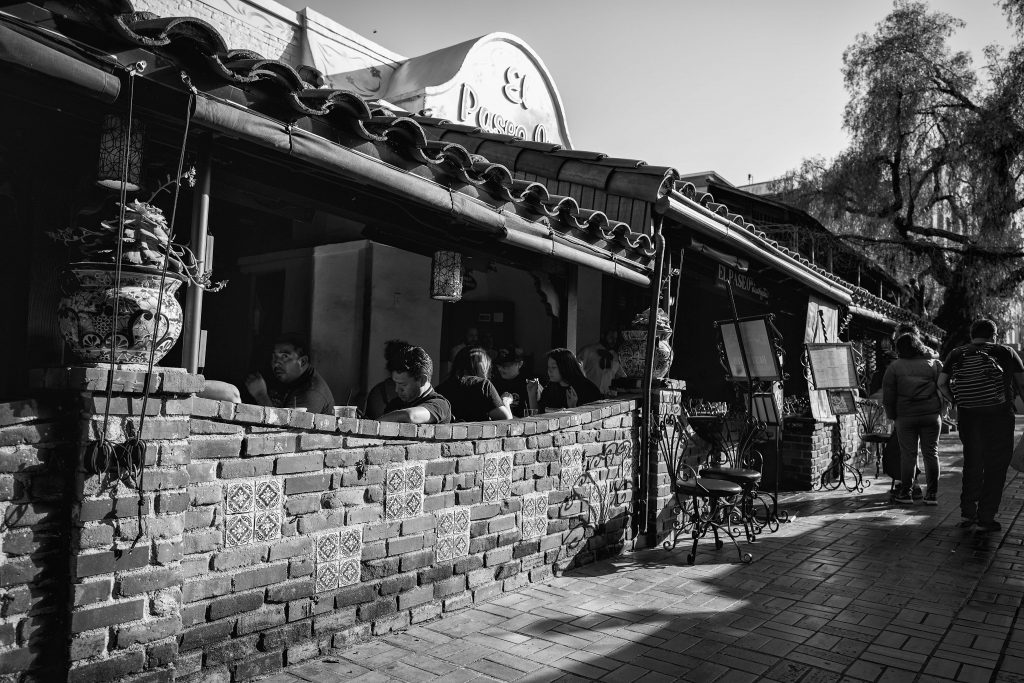
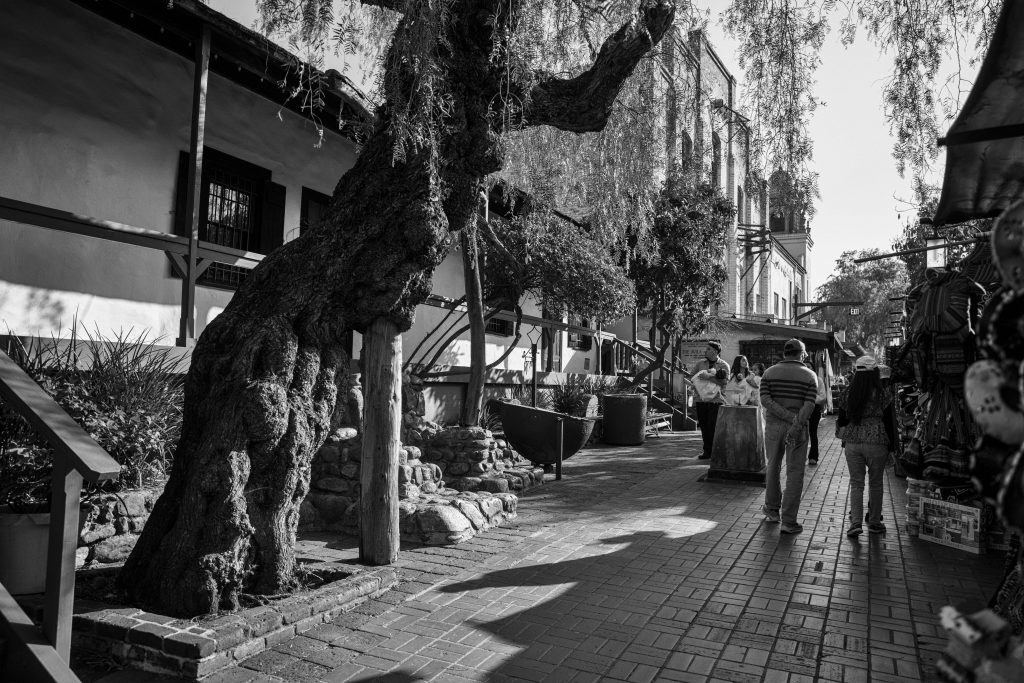
Still, Olvera Street features some deep history of LA, including the Avila Adobe (the oldest house in Los Angeles), the oldest living grape vines in Los Angeles, and a stone pathway marking one of the founding water channels of the Pueblo de Los Angeles.
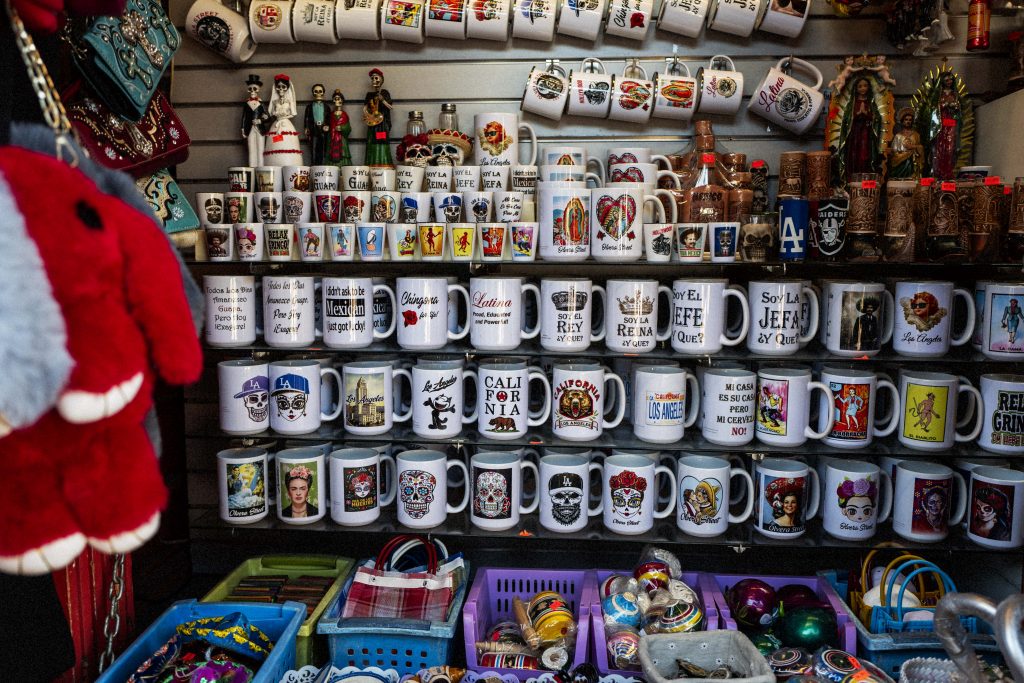
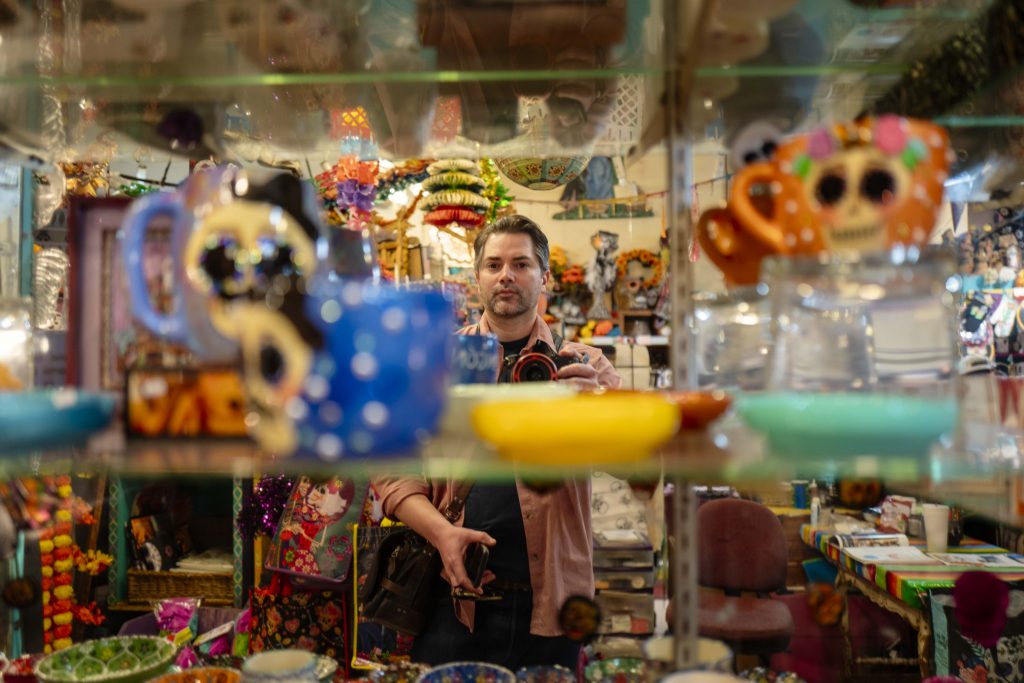
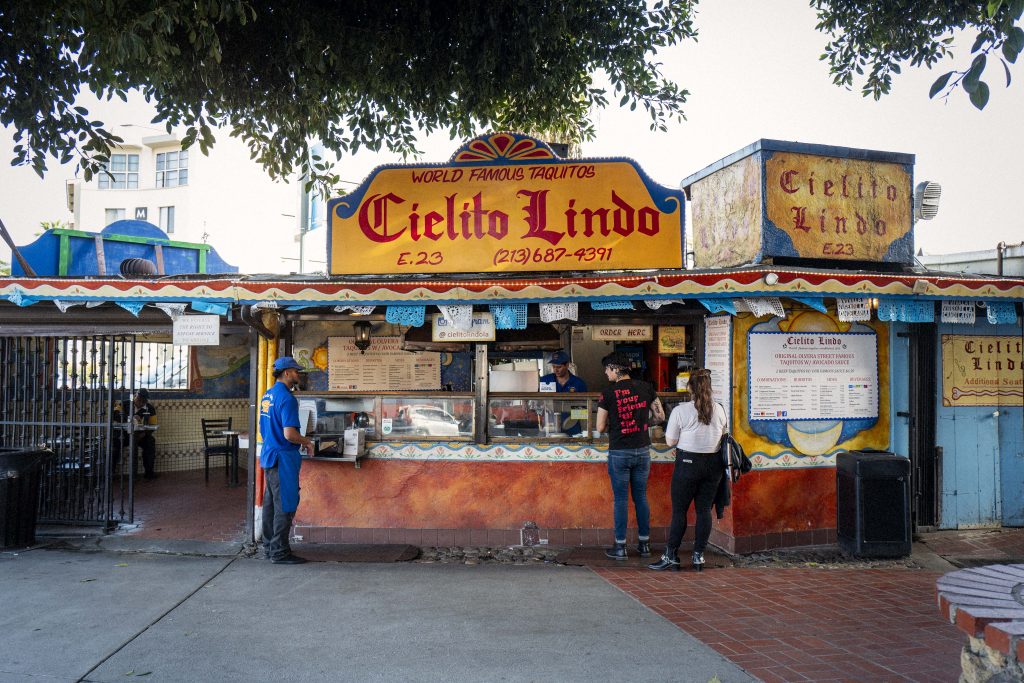
Mexican vendors selling toys, decor, music, games, clothing, and food are are meshed together in this small, cramped street. I wanted to order the famous taquitos from Cielito Lindo, but being vegan the only menu option seemed to be a Soyrizo and potato burrito. It sounded delicious but my appetite wasn’t quite ready for it.
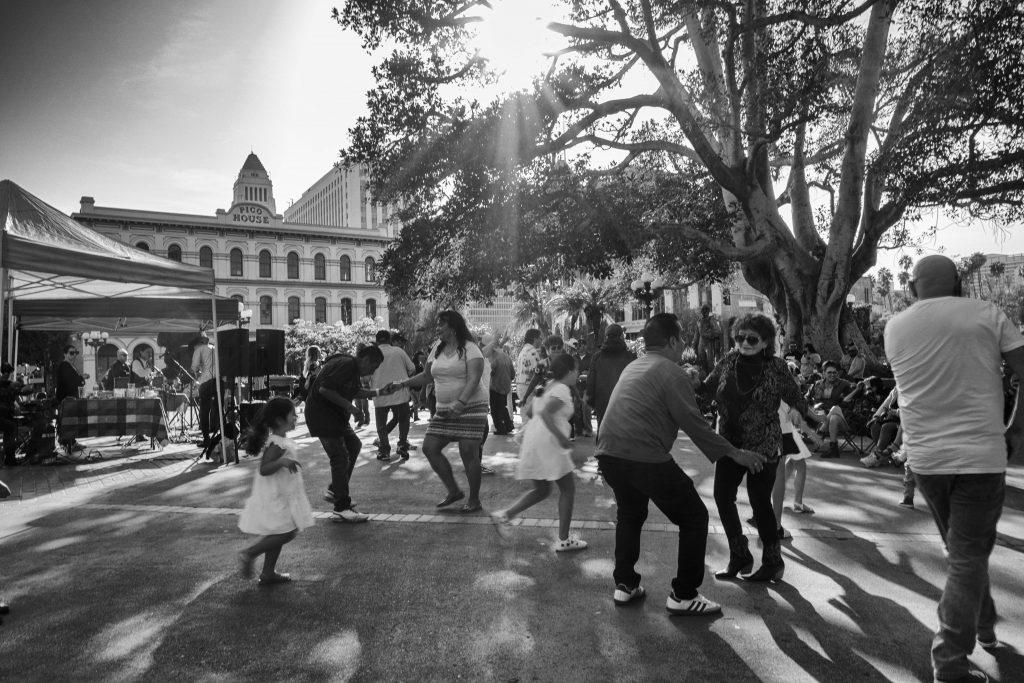
I caught some dancing in the nearby Plaza de Los Angeles (the oldest plaza in California) where I couldn’t help but feel the sheer joy of seeing people simply dancing in the streets. I’ve been coming to Olvera Street since childhood, and it was good to feel this place once again.
